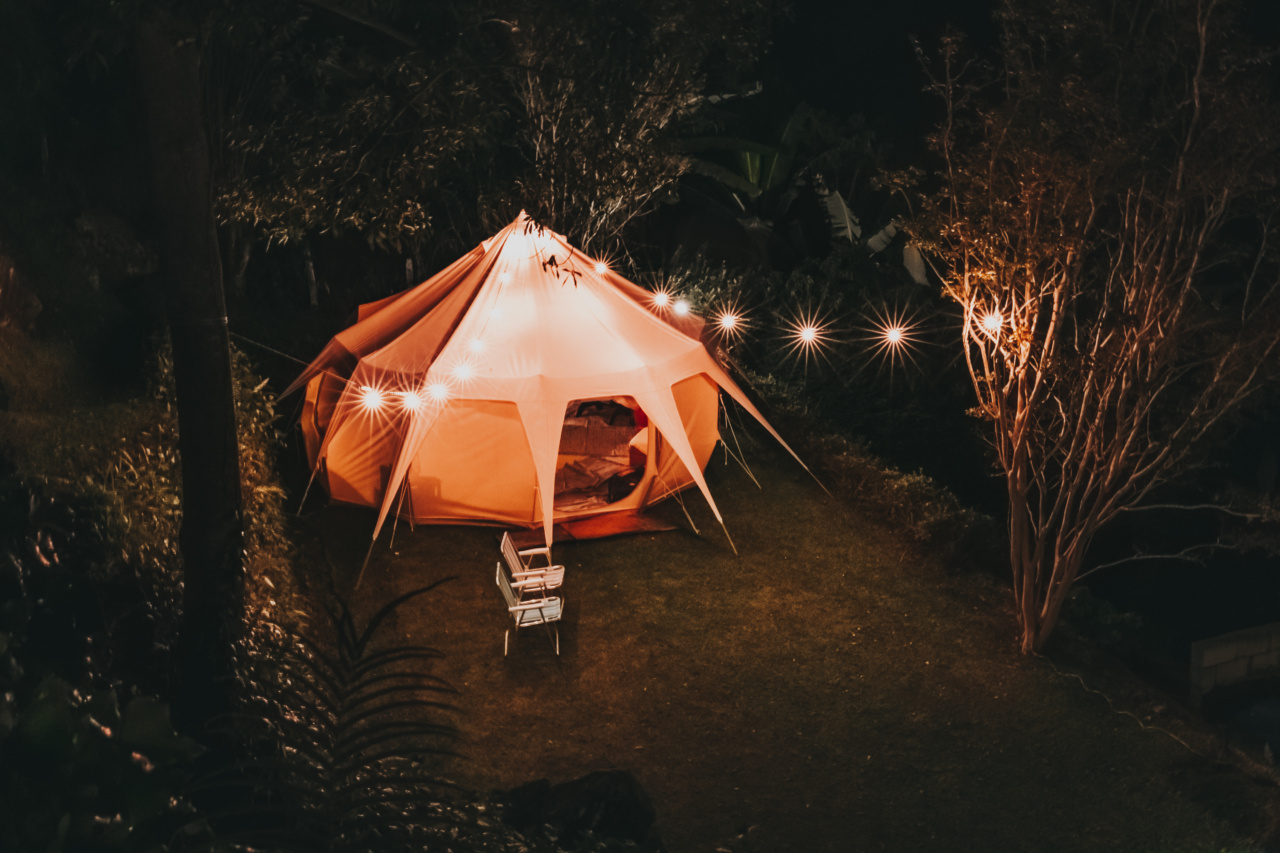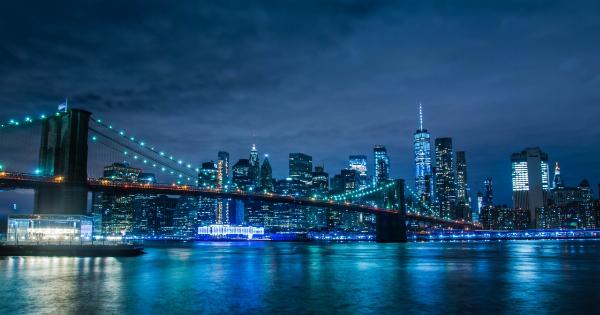Research has recently unveiled a disturbing potential connection between nighttime light exposure and the risk of developing cancer.
This discovery has led experts to recommend several solutions to mitigate the negative effects of excessive artificial light at night. In this article, we will delve into the research findings, explore the possible mechanisms behind this link, and suggest practical measures that individuals and communities can take to reduce light pollution.
The Research Findings
Multiple studies have indicated a correlation between nighttime light exposure and an increased risk of cancer.
One such study, published in the Journal of Environmental Health Perspectives, found that individuals living in areas with higher levels of light pollution had a significantly higher risk of developing breast and prostate cancer compared to those residing in areas with lower light pollution levels.
Furthermore, research conducted by the World Health Organization (WHO) suggests that excessive exposure to artificial light at night may disrupt the body’s natural circadian rhythm, leading to an increased risk of various cancers, including breast, colorectal, and prostate cancer. These findings emphasize the importance of understanding and addressing the potential health consequences of light pollution.
The Role of Melatonin
One possible mechanism behind the association between nighttime light exposure and cancer risk is the disruption of melatonin production.
Melatonin, a hormone produced by the pineal gland, plays a crucial role in regulating the body’s sleep-wake cycle.
Exposure to light at night, especially blue light emitted by electronic devices and LED lights, can suppress the secretion of melatonin, leading to sleep disturbances and an imbalance in the body’s circadian rhythm.
Studies suggest that this disruption may promote the development and progression of cancer cells.
Impact on Shift Workers
Shift workers, who often experience irregular sleep patterns and significant exposure to artificial light at night, are particularly susceptible to the negative effects of light pollution.
According to a study published in the Scandinavian Journal of Work, Environment & Health, night shift workers have an increased risk of breast and prostate cancer due to their disrupted circadian rhythm and suppression of melatonin production.
It is crucial for employers to recognize the potential risks faced by shift workers and implement strategies to minimize light exposure during nighttime shifts.
These strategies may include providing appropriate lighting fixtures that emit less blue light, implementing regular breaks in dark or dimly lit areas, and educating employees about the importance of maintaining a healthy sleep routine.
Community Solutions
Reducing light pollution is not solely an individual responsibility but requires collective efforts from communities and governments.
Adopting dark-sky-friendly lighting practices can go a long way in minimizing the negative impacts of nighttime light exposure.
Communities can consider implementing the following measures to combat light pollution:.
1. Use Shielded Lighting
Shielded lighting fixtures direct light downward, reducing light pollution and glare. This type of lighting ensures illumination where it is needed without unnecessarily illuminating the sky.
2. Promote Low-Intensity Lighting
Using low-intensity lighting fixtures, such as those with lower wattage or LED lights with warmer color temperatures, can significantly reduce light pollution while still providing adequate illumination.
3. Implement Light Curfews
Enforcing light curfews during certain hours of the night can help limit unnecessary lighting and reduce light pollution.
Parks, residential areas, and commercial buildings can collaborate to establish timeframes during which non-essential outdoor lighting is minimized or turned off.
4. Educate the Public
Raising awareness about the detrimental effects of excessive nighttime light exposure is key in encouraging individuals to take action.
Implement educational campaigns in schools, workplaces, and communities to inform individuals about the importance of preserving natural darkness and the potential health risks associated with light pollution.
5. Support Dark Sky Reserves
Dark Sky Reserves are designated areas with minimal artificial light pollution, offering unrestricted views of the night sky.
Supporting and promoting the establishment of Dark Sky Reserves can help protect natural darkness and preserve and enhance the well-being of both humans and wildlife.
Conclusion
The emerging research on the potential link between nighttime light exposure and cancer risk serves as a stark reminder of the importance of minimizing light pollution.
By implementing solutions at both individual and community levels, we can reduce the negative health impacts associated with excessive artificial light at night. Protecting our natural darkness not only promotes better sleep and well-being but also contributes to the preservation of our environment.





























